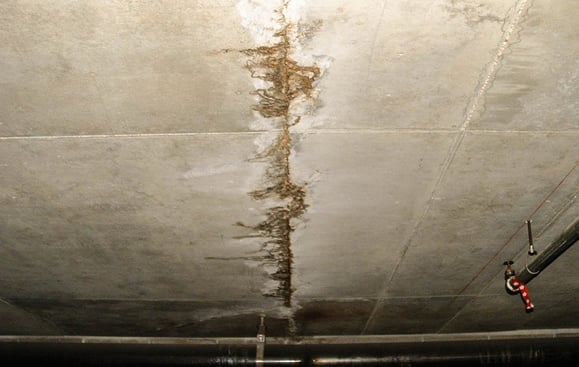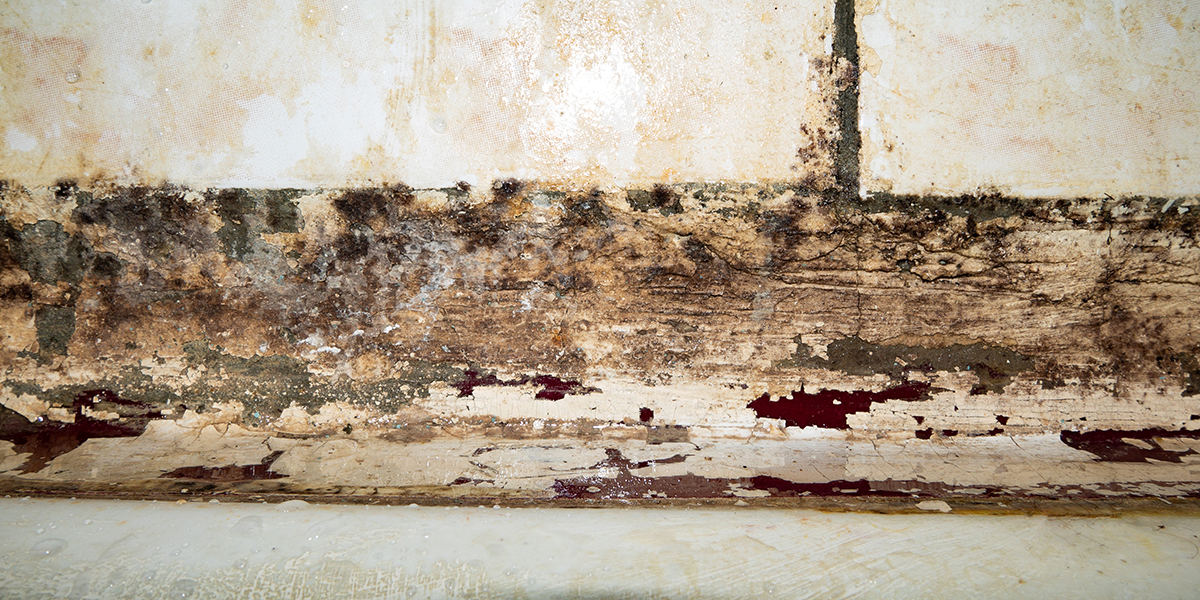Affordable Water Damage Repair Services for Every Homeowner in Need
Affordable Water Damage Repair Services for Every Homeowner in Need
Blog Article
The Process of Water Damage Clean-up: Guaranteeing Your Home Is Recovered Properly
Water damages can be a difficult obstacle for homeowners, necessitating a careful and organized clean-up procedure to restore safety and security and capability. A thorough analysis is critical to identify the extent of the damage and figure out the ideal removal actions. Following this, reliable water removal strategies play a critical function in reducing further harm. Nonetheless, the subtleties of drying, sanitizing, and eventual remediation are just as important and commonly forgotten. Comprehending these stages can make a significant difference in the result of your home's remediation, prompting a closer appearance at what each action requires.
Evaluating the Damages
Upon finding water damages, the very first step is to extensively examine the extent of the influence. This preliminary assessment is important, as it aids figure out the necessary actions for effective cleanup and reconstruction. Begin by checking the influenced areas, consisting of walls, ceilings, floors, and personal items, to identify the resource of the water breach, whether from flooding, leakages, or condensation.
Documenting the damages is necessary for both insurance claims and planning reconstruction initiatives - damage restoration services. Use pictures and composed notes to record the seriousness of the damage, keeping in mind any type of afflicted architectural aspects and materials. Pay special attention to locations that may not be immediately visible, such as behind wall surfaces and under carpetings, as concealed moisture can cause more issues, consisting of mold and mildew growth
In addition, assess the timeline of the water exposure. Ultimately, an extensive evaluation lays the groundwork for a successful water damages cleanup procedure, making sure that all affected areas are attended to effectively and extensively.
Water Removal Methods

Professionals normally utilize completely submersible pumps for larger quantities of water, which can promptly ease flooding in cellars or various other impacted locations. For smaller sized quantities, wet/dry vacuum cleaners are often used to remove residual dampness from rugs and hard surface areas. In addition, utilizing mobile extractors enables targeted removal in constrained spaces or locations with delicate products.
In instances of polluted water, such as sewage or floodwater, advanced removal methods might include making use of biohazard tools to make certain security and compliance with health and wellness regulations. High-powered extraction devices are vital in reducing water retention in architectural materials, which can cause mold and mildew development and structural deterioration otherwise resolved quickly.
Inevitably, the efficiency of water extraction strategies plays a crucial function in the overall success of the water damage cleaning procedure, preparing for succeeding reconstruction efforts.
Drying and Dehumidification
When standing water has actually been efficiently removed, the next important stage in the water damage clean-up process is drying and dehumidification. This action is vital to protect against additional damages and mold and mildew development, which can occur within 24 to 48 hours in wet environments.
To accomplish efficient drying out, customized equipment such as industrial-grade air movers and dehumidifiers is utilized. Air moving companies flow air throughout damp surface areas, enhancing evaporation rates, while dehumidifiers minimize moisture degrees airborne, promoting a conducive setting for drying out. The mix of these devices makes certain that moisture is drawn out from walls, furnishings, and floors, permitting them to completely dry thoroughly.
It is important to keep track of the drying process very closely. Specialists often make use of dampness meters to examine the wetness material in various materials, making certain that all influenced areas reach appropriate dryness degrees. This careful approach aids to avoid hidden wetness pockets that might bring about structural damage or harmful mold and mildew development.

Cleansing and Sterilizing
After the drying out and dehumidification phase is full, the following vital action in water damage cleanup is cleansing and sterilizing the impacted areas. This procedure is important to avoid the growth of mold and mildew, germs, and other pathogens that grow in damp settings.
The cleaning stage usually involves eliminating any particles, dirt, and contaminants from surfaces making use of specialized cleaning representatives. For difficult surface areas, a mix of soap and water or commercial cleansing products is usually employed. Soft materials, such as upholstery and carpetings, might need extra considerable cleansing techniques, consisting of steam cleaning or deep removal strategies, to ensure detailed sanitation.

Disinfecting adheres to cleaning, making use of EPA-approved disinfectants to get rid of unsafe microorganisms. This step is vital, especially in locations that may have come into contact with floodwaters or sewage, as these sources can position major health and wellness threats.
Additionally, it is necessary to resolve any kind of remaining odors, which may require using odor neutralizers or sophisticated strategies like ozone therapy. Correct cleansing and disinfecting not just bring back the security and health of your home however likewise lay the groundwork for successful remediation and fixings in succeeding stages of the water damage cleanup process.
Reconstruction and Repair Services

As soon as the assessment is total, reconstruction efforts can begin. Additionally, floor covering may call for comparable attention, depending on the level of water exposure.
It is essential to involve experienced remediation experts throughout this procedure, as they possess the proficiency to manage intricate repairs efficiently. They can assist minimize possible future problems, water mitigation company such as mold and mildew development or structural instability, thus making certain a risk-free and habitable living setting. Eventually, reliable repair and repair work bring back the home's integrity and enhance its overall worth.
Verdict
To conclude, the procedure of water damages cleaning is critical for recovering a home to its pre-damage condition. Each phase, from examining the damage to executing effective water extraction strategies, adhered to by comprehensive drying, disinfecting, and essential fixings, plays a crucial duty in making certain safety and security and conformity with building standards. Reliable implementation of these steps not only alleviates instant damages yet likewise boosts the long-lasting stability and worth of the residential property.
Water damage can be a difficult obstacle for house owners, necessitating a careful and structured cleaning process to bring back security and performance. Inevitably, a detailed analysis lays the groundwork for an effective water damages cleanup process, making certain that all impacted areas are dealt with properly and thoroughly.
Efficient water removal strategies are important in minimizing damage and avoiding additional difficulties following a water intrusion event.In final thought, the procedure of water damages cleanup is vital for recovering a home to its pre-damage problem. Each stage, from evaluating the damages to applying effective water extraction techniques, complied with by complete drying out, sanitizing, and required repair services, plays an essential role in guaranteeing safety and compliance with building standards.
Report this page